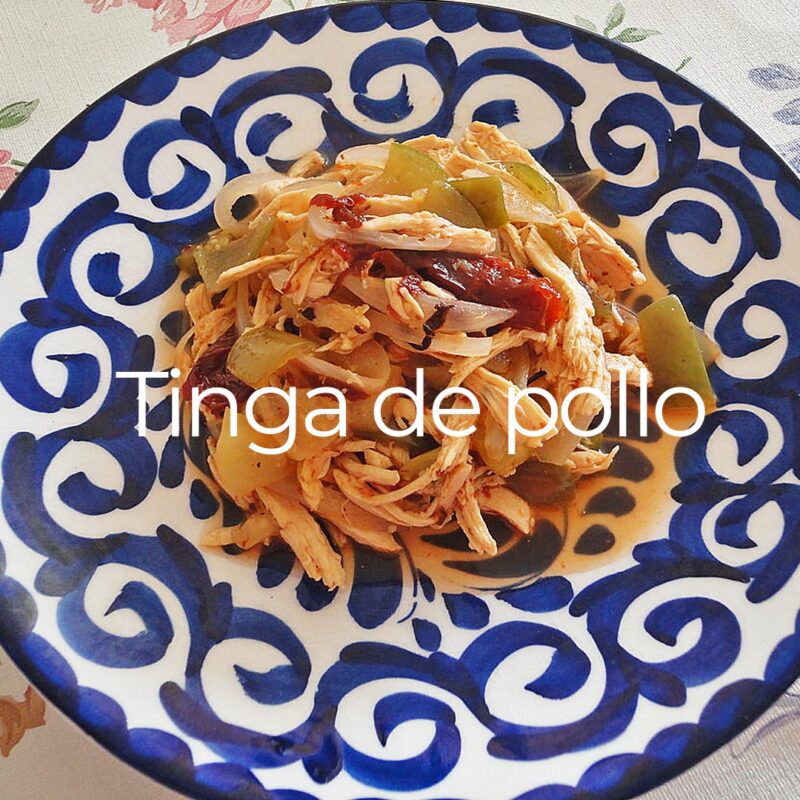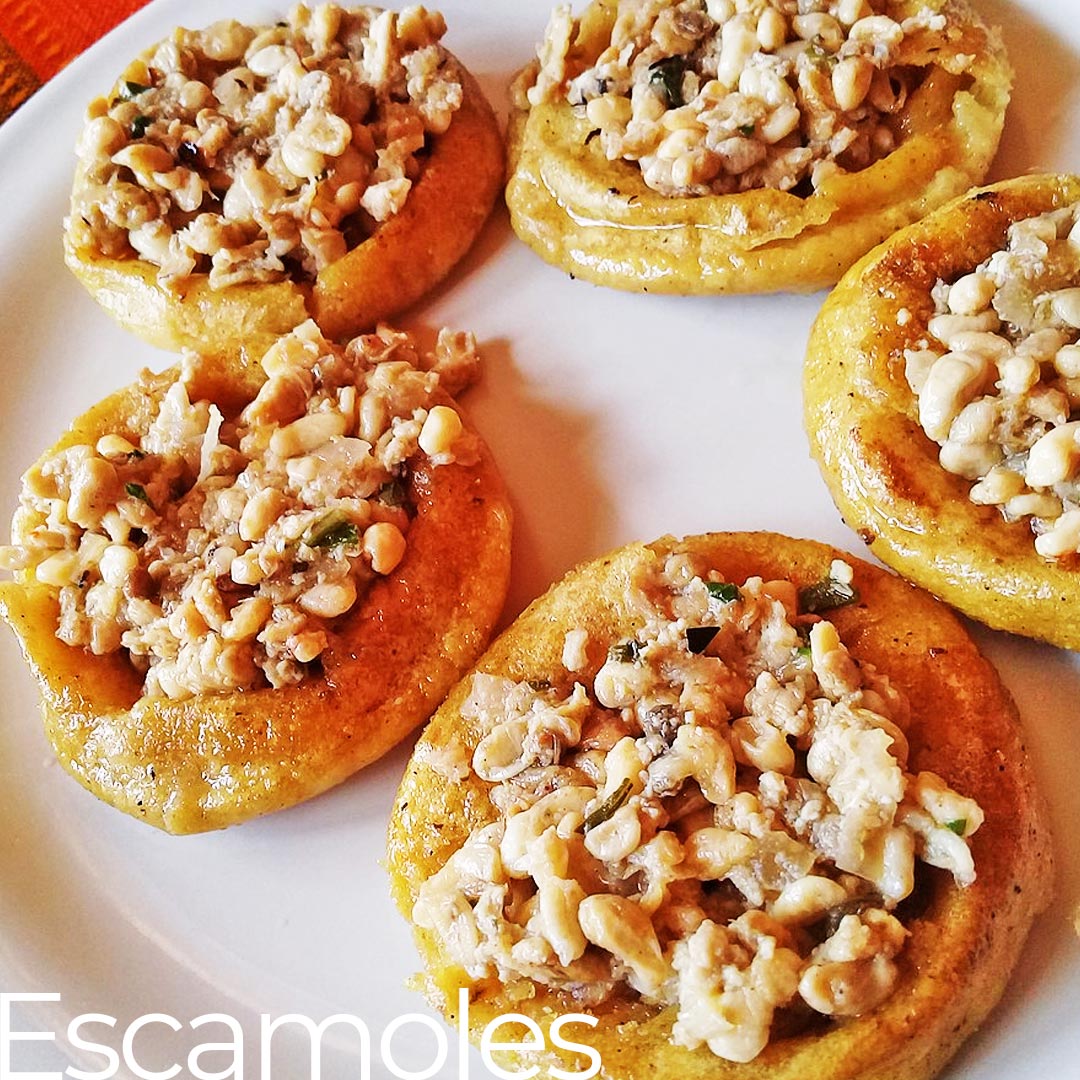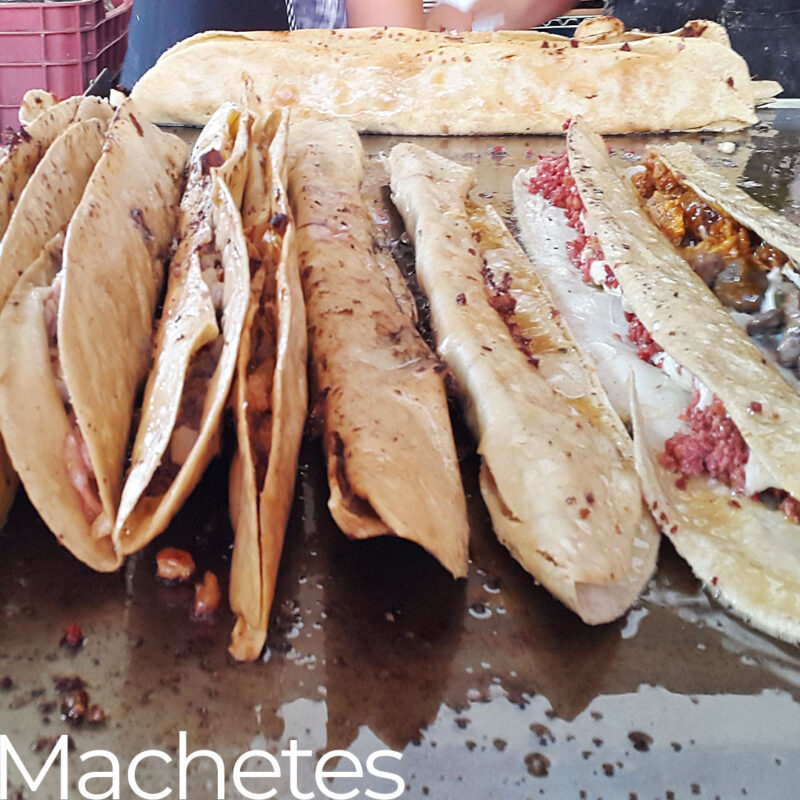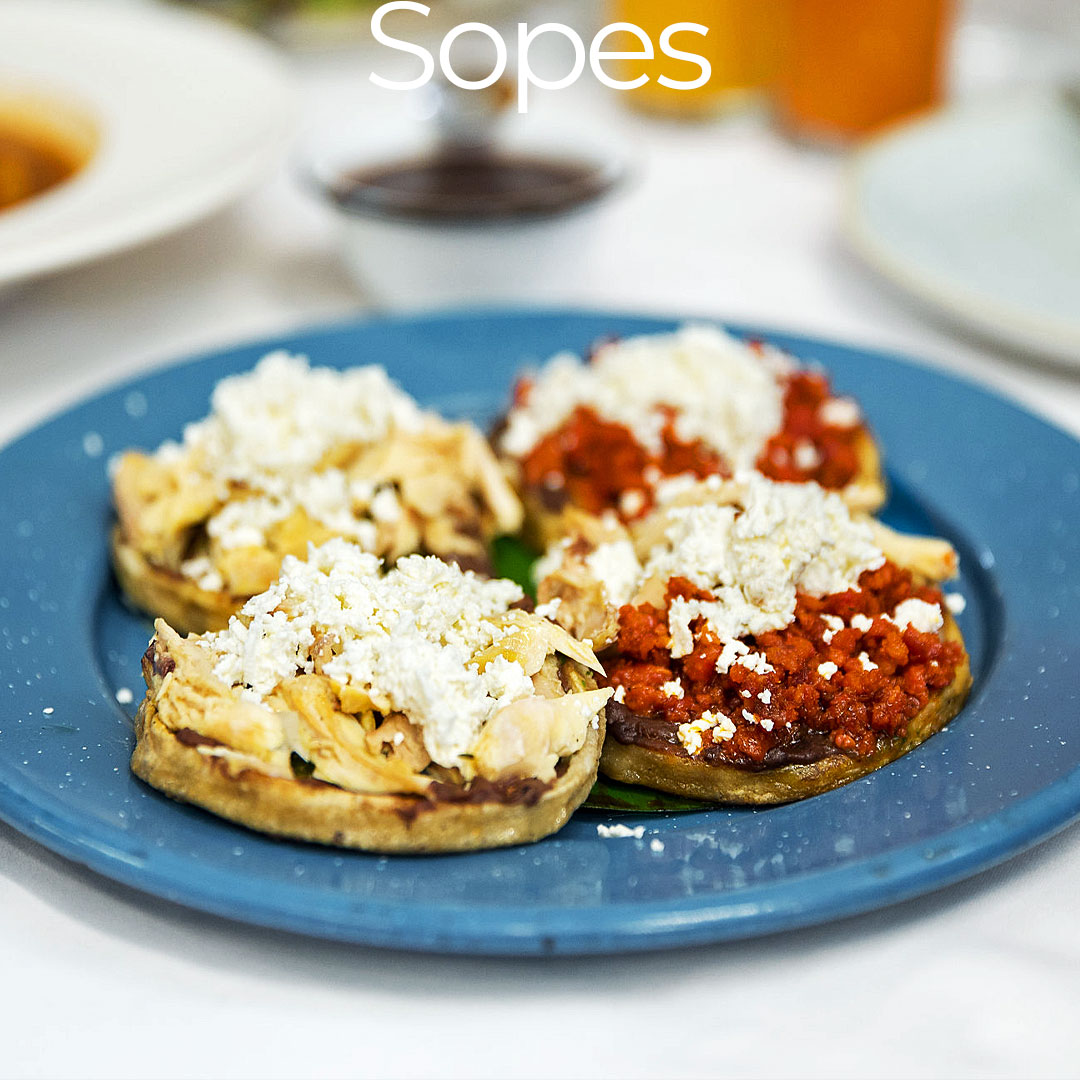Mexican Taco Fillings
Many types of tacos have long and interesting tales behind their origin, usually hailing from a particular people or zone in Mexico. After many years of migration, today you can find popular regional specialties all over Mexico, although more so in the megalopolis of Mexico City, which has received the great influx of internal movement than any other state.
What is more familiar, no matter where you go, are the standard fillings:
- chorizo or longaniza – usually pork sausage, with spices
- beef (res), steak (bistec), or arrachera – marinated, thin skirt steak
- chicken (pollo) or tinga – shredded chicken, tomato and chipotle
- chicharron – fried pork belly or rind
- cecina – salted and thinly sliced meat
- carne asada – roast meat, usually with a marinate
- suadadero – a smooth beef cut from between the belly and leg
- campechano – a diced mixture of a bunch of meats, typically found in Campeche or Tabasco.
























